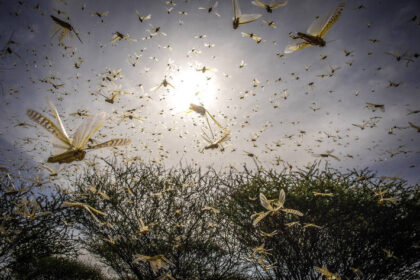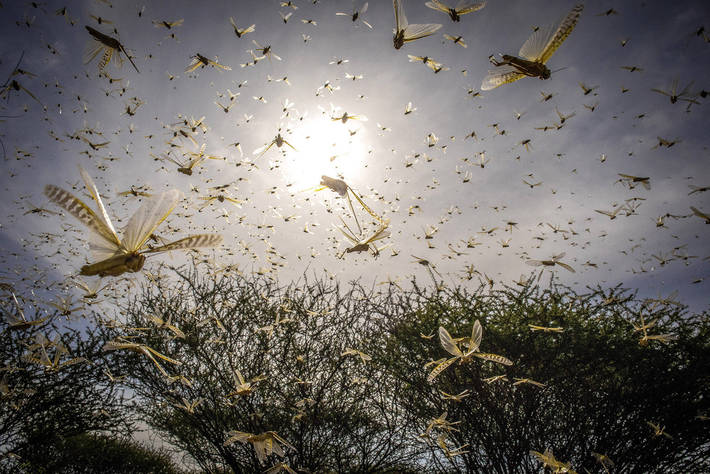 The Director-General of the Food and Agriculture Organization (FAO), QU Dongyu, said this Monday May 11 that significant gains had been made in the fight against the desert locust upsurge in East Africa and Yemen.
The Director-General of the Food and Agriculture Organization (FAO), QU Dongyu, said this Monday May 11 that significant gains had been made in the fight against the desert locust upsurge in East Africa and Yemen.
He stressed, however, that more needs to be done to prevent a food security crisis, as the ongoing rainy season not only provides livelihoods for farmers and pastoralists but also favorable conditions for locusts to breed.
Releasing FAO’s progress report on the locust control campaign in East Africa and Yemen, the Director-General noted that the UN agency had continued its surveillance and control operations despite constraints resulting from COVID-19 and other challenges.
Preliminary estimates from the UN agency indicate that 720,000 tons of cereal, enough to feed five million people a year, have been saved in ten countries by preventing the spread of Desert Locusts and damage to many more hectares. An additional 350,000 pastoral households have been spared from distress.
“Our gains have been significant; but the battle is long and is not yet over,” Qu said. “More people are at risk of losing their livelihoods and worsening food security in the coming months.”
While swathes of treated land are now relatively free from the voracious pest, the first wave of swarms has reproduced and a second wave of locusts will transition from juveniles to the young adult stage in June, taking flight at a critical time when many farmers in East Africa prepare to harvest their crops.
The Desert Locust is considered the most destructive migratory pest in the world and a single swarm covering one square kilometer can contain up to 80 million locusts.
Since FAO launched its desert locust response in January, it received $130 million, the report said. However, funding has concentrated on locust control activities and much more backing for livelihoods support activities is needed.
FAO’s Desert Locust January appeal now covers ten countries – Djibouti, Eritrea, Ethiopia, Kenya, Somalia, South Sudan, Sudan, Uganda, Tanzania and Yemen.
So far this year, more 365,000 hectares have been controlled in these ten countries.
“We can and must protect vulnerable people from the impact of multiple crises: conflicts, climate extremes, desert locusts and COVID-19, which threaten to cause a further dramatic deterioration in their food security,” Qu said. “To do this, we need to intensify our efforts further and focus not just on controls but on supporting the livelihoods of farmers and pastoralists so they can get through this.”



